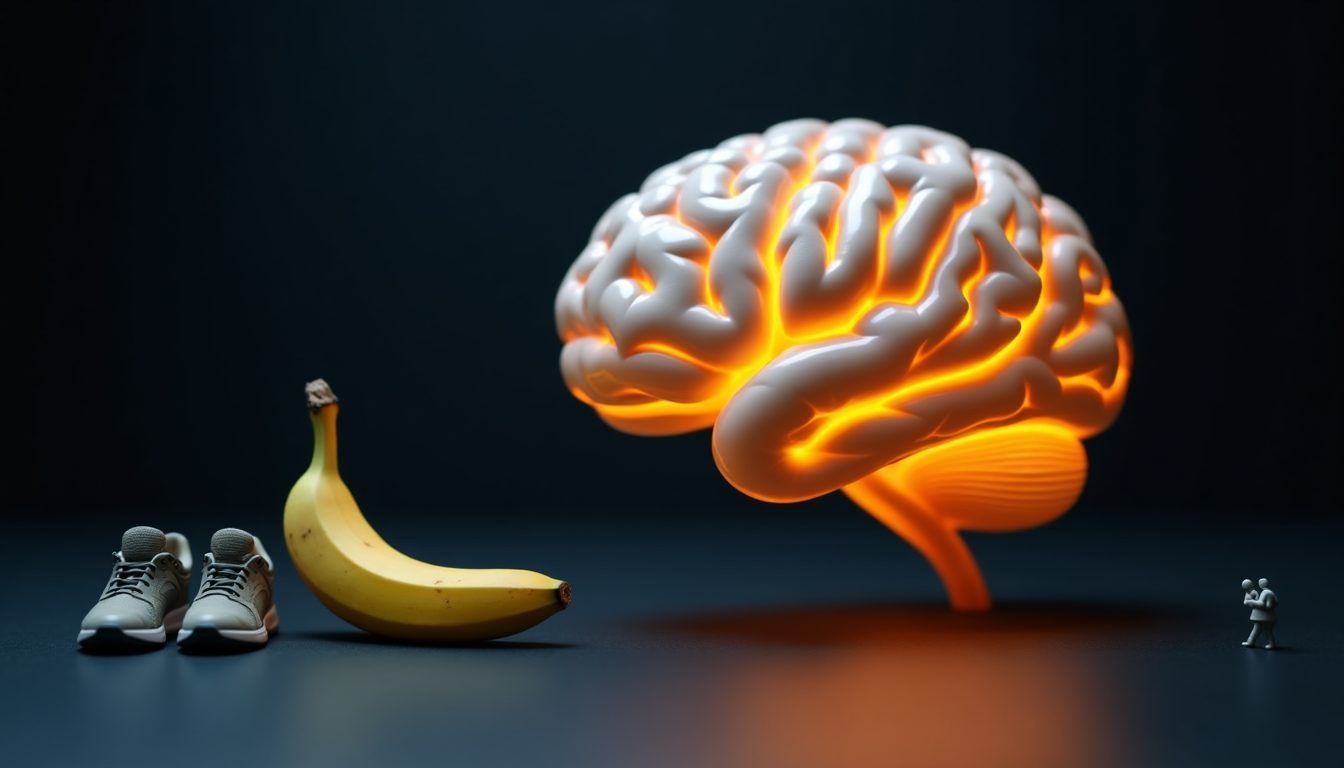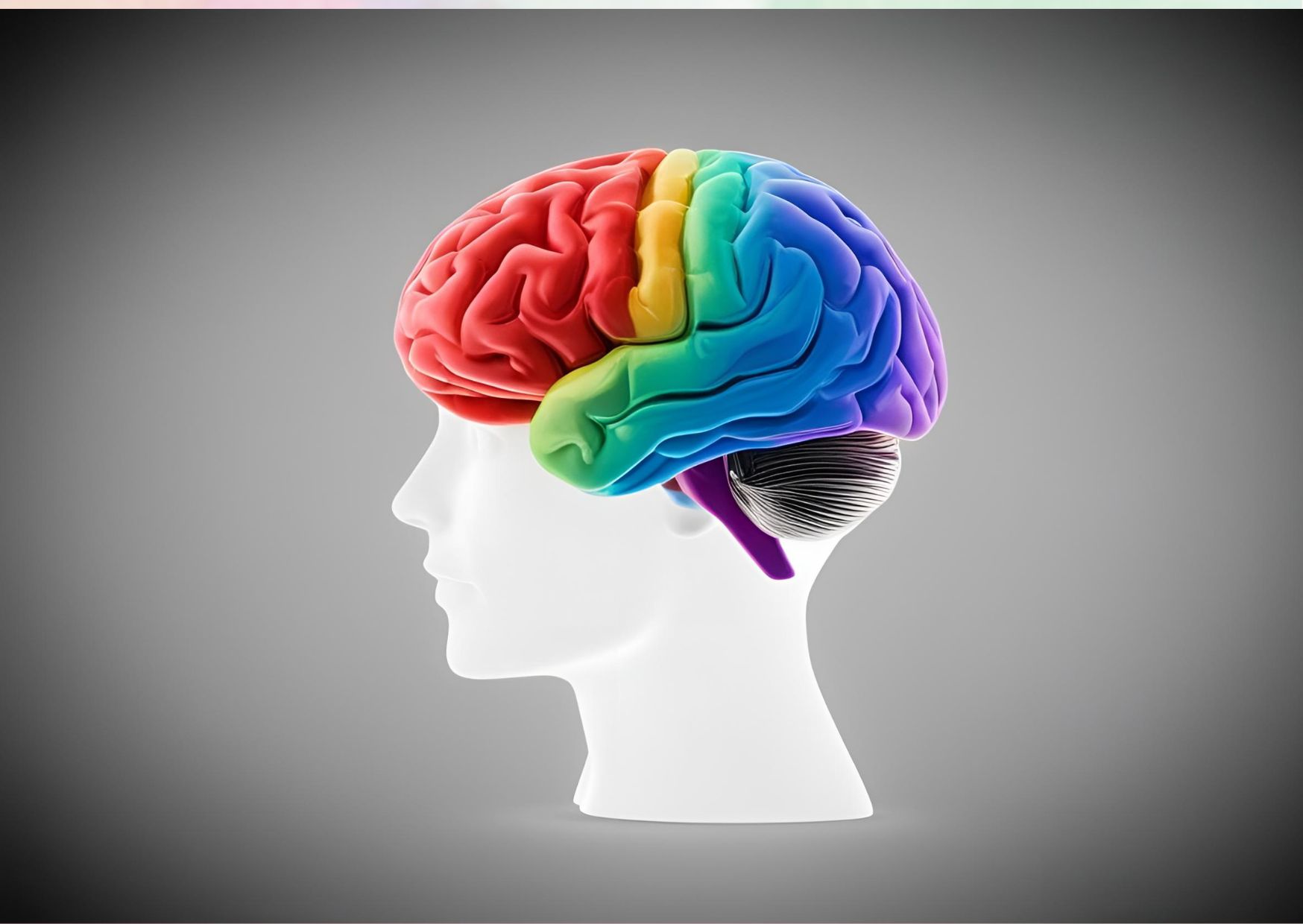5 Ways Dopamine Level Impacts Motivation and Focus
Dopamine, known as the brain’s “pleasure chemical,” shapes almost every aspect of human behavior. This powerful hormone and neurotransmitter drives our daily motivation and life-changing decisions. The brain’s dopamine system serves as a vital part in how we experience pleasure, rewards, and motivation.
This remarkable chemical messenger’s impact extends beyond making people feel good. The brain’s dopamine functions control mood, movement, and cognitive performance. Changes in dopamine levels create most important effects – low levels can decrease motivation and focus, while high amounts might lead to euphoria and impulsive behavior. The brain’s natural reward system and human behavior patterns become clearer once we grasp how dopamine works.
What Dopamine Does in Your Brain
Dopamine acts as a specialized chemical messenger in the brain and works through G-protein coupled receptors. Dopamine-producing neurons make up nowhere near 1/100,000 of all brain cells, yet their impact reaches brain regions of all types.
The Simple Role of Dopamine
This versatile chemical serves as both a hormone and neurotransmitter to orchestrate several cerebral functions like learning, reward processing, motor control, and executive functions. More than that, it helps regulate attention, working memory, and emotional responses. Dopamine’s unique signaling mechanism modifies target neurons’ response to other neurotransmitters and adapts their behavior based on the current functional state.
How Neurons Use Dopamine
Dopamine signaling involves precise mechanisms. The vesicular monoamine transporter 2 stores dopamine in synaptic vesicles after synthesis. Released dopamine can travel up to 7-8 micrometers outside the synapse and affect neighboring receptors. The brain’s dopamine levels stay balanced through two distinct mechanisms:
- Tonic transmission: Involves small amounts of dopamine released independently of neuronal activity
- Phasic transmission: Occurs during neuronal firing, releasing larger amounts of dopamine
Key Brain Areas Affected
The brain uses three major pathways to process dopamine. The nigrostriatal pathway connects the substantia nigra to the striatum and controls motor function. The mesolimbic pathway extends from the ventral tegmental area to the nucleus accumbens and manages reward processing. The mesocortical pathway projects to the prefrontal cortex and regulates cognitive functions.
Dopamine’s effects change based on receptor type. D1-like receptors boost sodium channels in striatal neurons, while D2 receptors inhibit these same channels. So this dual action allows dopamine to fine-tune neural responses and maintain precise control over behavior and cognition.
How Dopamine Creates Pleasure
The mesolimbic system, known as the brain’s reward system, arranges how humans experience pleasure and motivation. This complex network contains specialized brain structures that process rewards from stimuli of all types, from food and social interactions to more complex experiences.
The reward pathway
The brain’s reward circuit centers around the mesolimbic dopamine pathway, which connects the ventral tegmental area (VTA) to the nucleus accumbens (NAc). This ancient pathway has remained almost unchanged for nearly a billion years and determines which activities should be repeated to survive. The system has several vital components:
- The VTA: Produces dopamine and assesses environmental stimuli
- The nucleus accumbens: Processes rewarding effects
- The amygdala: Forms associations between experiences and rewards
- The hippocampus: Creates memories of rewarding experiences
- The prefrontal cortex: Provides executive control over reward-seeking choices
Why some things feel good
In stark comparison to this popular belief, dopamine doesn’t directly cause pleasure – it serves as a learning signal for rewarding experiences. The brain releases large amounts of dopamine especially when you have unexpected rewards. This release helps encode memories of pleasurable experiences and teaches the brain to repeat beneficial behaviors.
Natural rewards, like eating or social bonding, trigger this system to help us survive. The brain’s dopamine neurons fire in distinct patterns when someone experiences something enjoyable. This creates a “reward prediction error” – the difference between expected and received rewards.
Individual brain chemistry and circumstances determine the intensity of pleasure. The nucleus accumbens assesses both the magnitude and importance of rewards. This explains why the same experience might feel differently rewarding at different times or for different people.
Wanting and liking
The difference between “wanting” and “liking” plays a most important role in understanding pleasure. Dopamine drives the motivation to seek rewards (“wanting”), while different neural mechanisms control the actual enjoyment (“liking”). This separation helps explain why someone might strongly desire something without enjoying it as much as expected.

